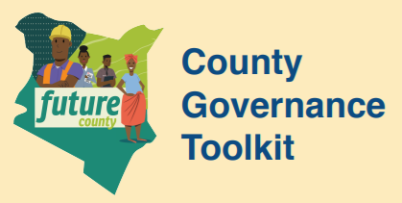Commitment Control is a specific aspect of budget execution that draws reference to mechanisms and actions that ensure that transactions are fully funded prior to their authorization. It acts as a link between cash/exchequer management, procurement and asset/liability management, and it plays a critical role in limiting the risk of pending bills. It should be seen as an implementation control that supports two planning and budgeting controls established in law and practice. First, there can be no public spending outside a planning framework (planning discipline). Second, there can be no spending beyond revenue and debt-raising capacity and without limit (fiscal discipline). Commitment control is about not making purchase or payment commitments where funds are not confirmed. The use of vote books (for positing commitments, thus reducing available budget lines) is a traditionally common form of commitment control.
Linkages
Upstream: Budget Estimates, Budget Appropriation, Budget Implementation Circular, Work Plan, Procurement Plan, Cash Flow Forecast
Downstream: Procurement, Asset and Liability Management, Quarterly Reports
Description
Within the integrated budget execution cycle (exchequer/cash, procurement, assets/liabilities (and payroll), commitment control lies between the initial management of budget authority phase (cash flow forecasts, exchequer requests, allotments and warrants, exchequer releases) and payments (to suppliers for goods and services). In practical terms, as the year progresses, a County department will process requests for goods and services. After verifying the appropriateness of the expenditure and availability of budget and spending limit, the department processes the procurement request according to prescribed procedures which culminates in an LPO/LSO/contract for the procurement of goods and services. Commitment control involves getting the department to register this commitment and therefore block the corresponding amount from the available budget and spending limit. The commitment transaction will then inform future payment once goods and/or services are delivered.
Resources
Laws and Regulations
Public Finance Management Act, No 18 of 2012
Public Finance Management (County Government) Regulations 2015
Guidelines and Tools
Other Resources
Guideline to Public Expenditure Management – Budget Execution, The International Monetary Fund
Treasury Reference Model – World Bank/IMF (Hashim and Allan Paper). 2001
